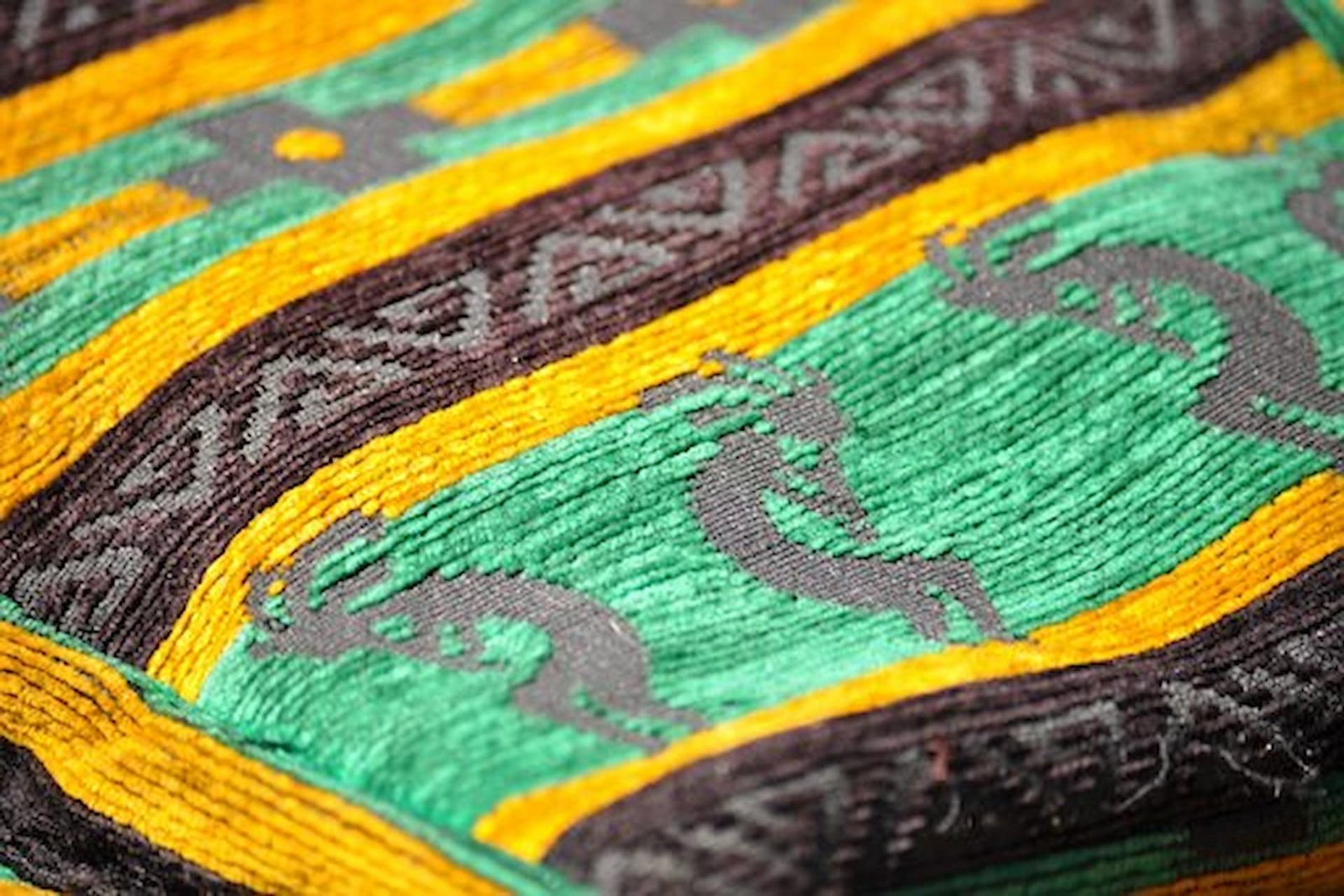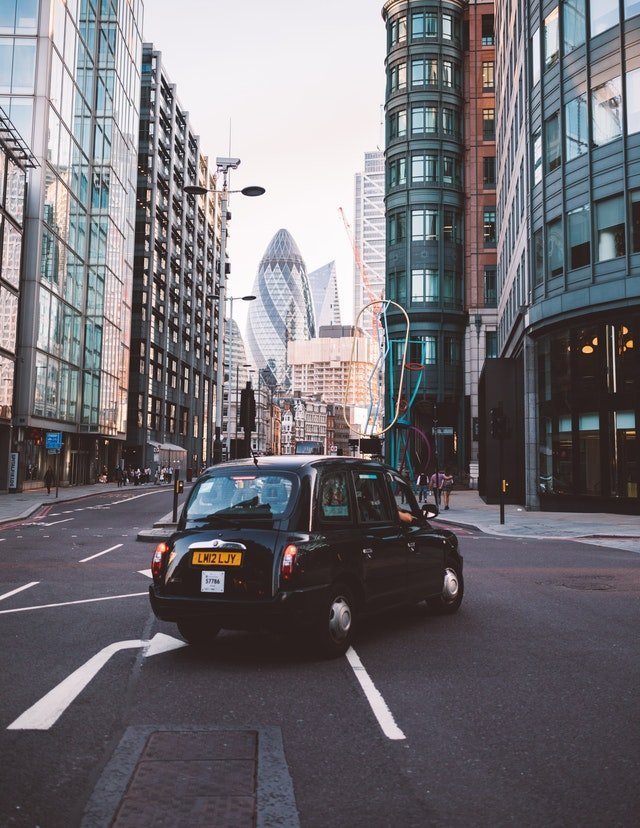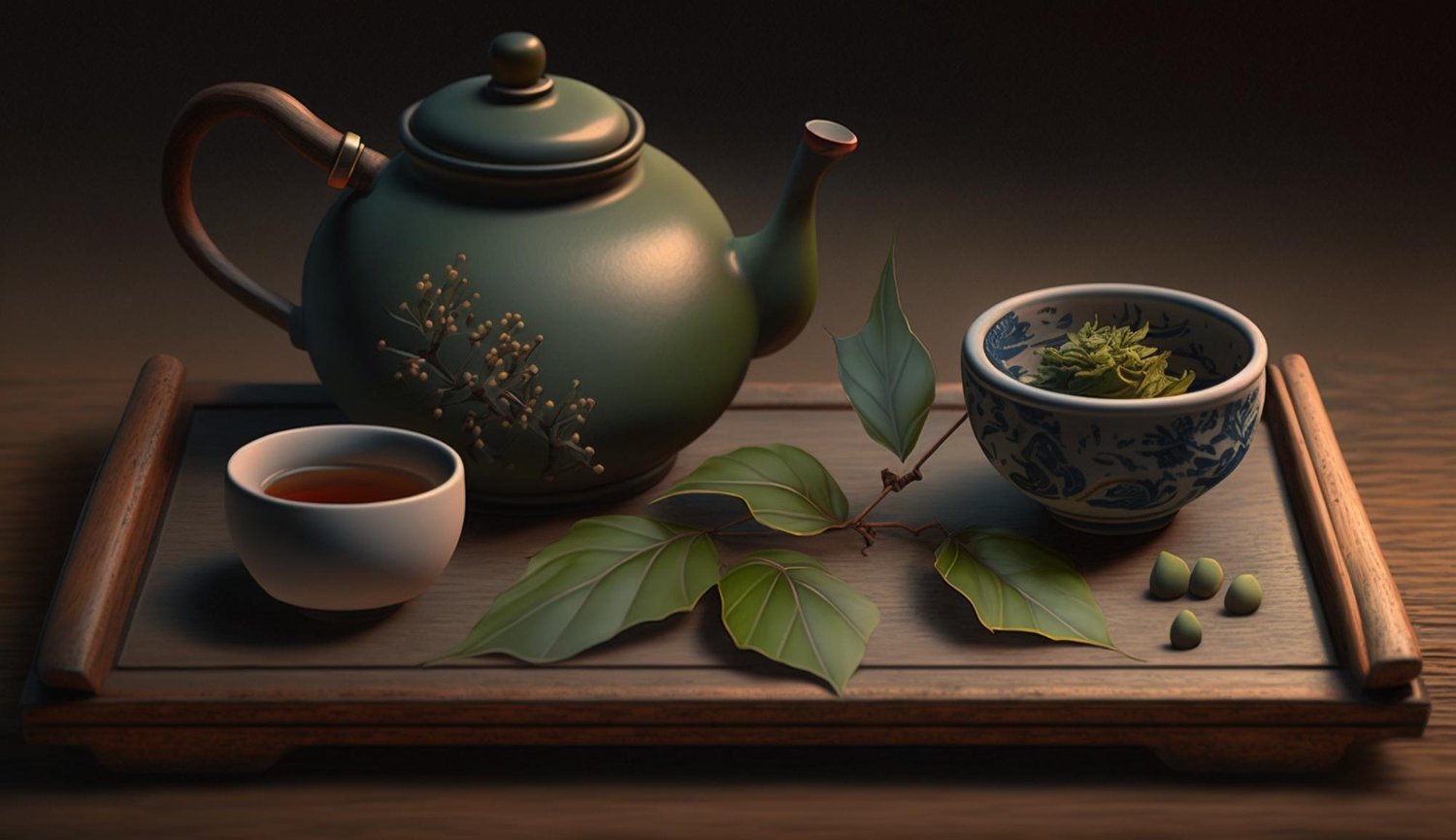There has been a debate for some years now between those who prefer machine embroidery and those who prefer classical embroidery. The purpose of both methods is to increase the attractiveness of the product and make the customer feel more enthusiastic about it.
Many people believe that classical embroidery is more aesthetic and of greater value than digitizing embroidery. They feel that digitizing is more accurate and attractive because machines have a lower chance of making errors. This technique is also more time-efficient.
There is a difference between machine and classical embroidery, though the reality is that it is not as stark as many belief. If you are about to start a business related to embroidery, you must be aware of the differences between the two methods. These differences will help you choose the best option for your requirements. Visit https://www.megridigitizing.co.uk/embroidery-digitizing for all your digitising needs.
Traditional Embroidery:
Hand embroidery requires a few essential materials: a needle, a hoop, a piece of fabric, and different colours of thread. The most commonly used threads are cotton or silk. To begin hand embroidery, start by tightly fixing the fabric in a hoop made of plastic or wood.
The purpose of this loop is to help keep the fabric straight, which will in turn prevent any distortion or disruption while you’re working on your design. As you start the first stitch, you’ll need to make some decisions about which thread and colours to use, as well as what type of stitch to employ. Remember that you can always make changes to your original plan if you feel it would result in a better final product.
When it comes to stitches, there are more than 12 different types. The artist carefully plans which stitch will be used and where. Some of the more popular stitches used are backstitch, straight stitch, french knot, stem stitch, satin stitch, and detached chain stitch.
There are many different stitches used in hand embroidery, and they differ from the stitches used in machine embroidery. The most popular stitches used in hand embroidery are cross stitch, running stitch, chain stitch, and blanket stitch.
Hand embroidery has come a long way since before industrialization; the simple thread was used to create basic designs. Nowadays, artisans have updated their techniques to include using pearls, beads, and other materials to make the embroidery more attractive.
Classical embroidery is also regionally specific, with artisans using natural materials that are available to them according to their geographies, like pearls, beads, quills, and sequins. This results in each product or design of classical embroidery having its own unique qualities.
Machine Embroidery:
In machine embroidery, you can install pre-made designs and patterns into embroidery software that operates the stitching. All designs have identical stitches, making it difficult to differentiate them. You can set your colours, stitch patterns, and thread materials in the software, which is easy to use and cohesive when compared to manual embroidery.
Machine embroidery is a process that uses a sewing machine to stitch designs onto fabric. This method is popular among entrepreneurs and businesses because it is a high-production way to create both simple and complicated designs.
Threads used in machine embroidery are different from hand embroidery threads. They are made up of rayon, polyester, and metallic threads. These threads are usually heavier than the threads used in hand embroidery. This is because machine embroidery requires more durable threads that can withstand the constant movement of the needle and the pressure of the machine.
The even thickness of these threads is what makes this pattern so special; it’s not easy to achieve an even result by hand, which is why machine embroidery is such an advantageous technology – it can create an ideally even product without any human error.
Hand embroidery is much more flexible and durable in terms of design, meaning you can easily make changes and edits as you see fit. You can change the texture, stitch pattern, and colours with ease, whereas machine embroidery, is much more limited in these respects once you give it a command.
If you’re new to the world of embroidery, don’t worry – everyone has to start somewhere! And if you’re interested in machine embroidery, you don’t need any previous experience. Just jump in and start stitching!
Today, you get to make a choice that is entirely up to you with no strings attached! Once you decide on the design and colours you like best, the machine will take care of the rest of the work for you.
In the end, no matter which techniques you choose, you must always provide a quality design that will satisfy your customers.




